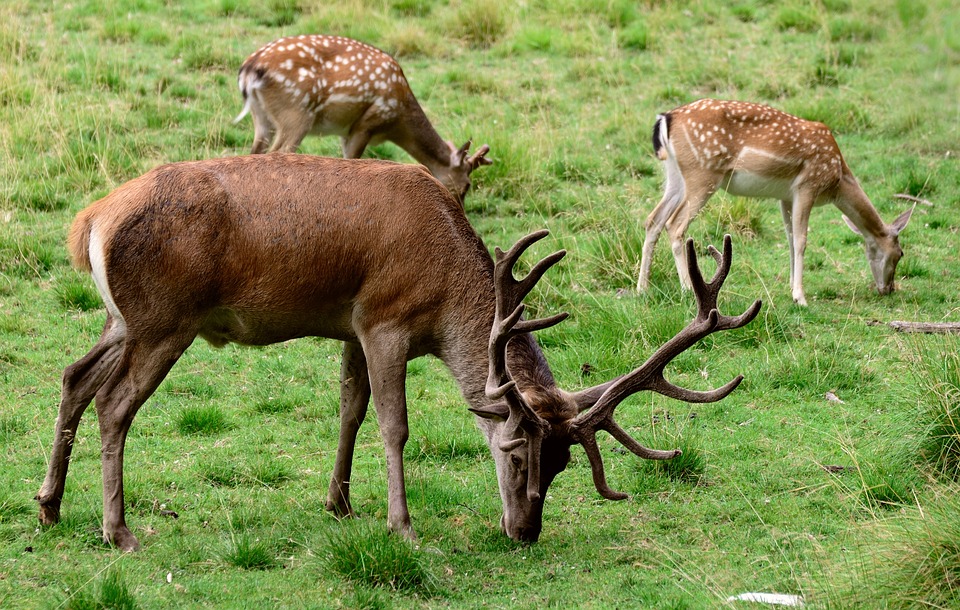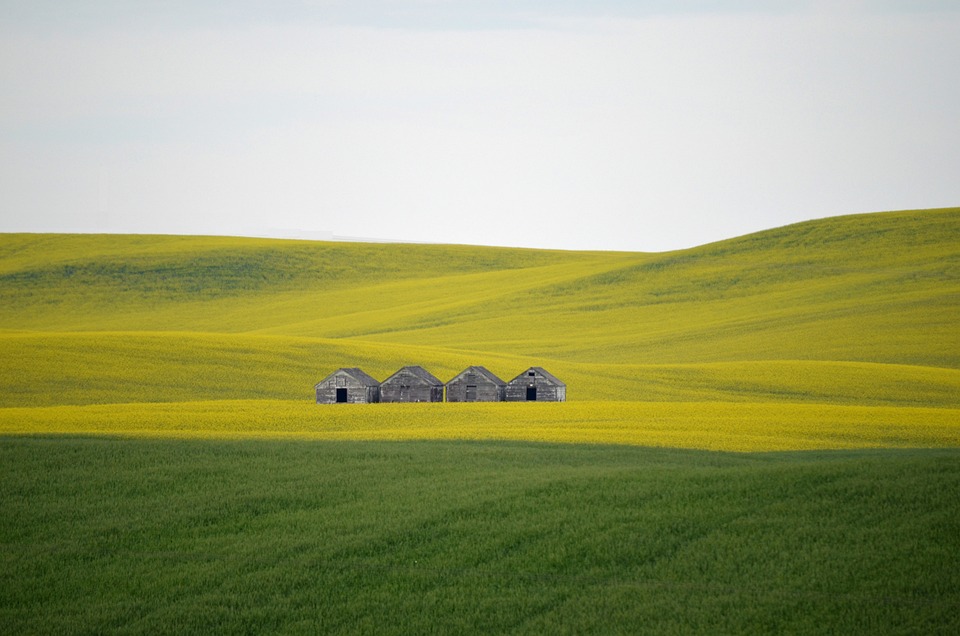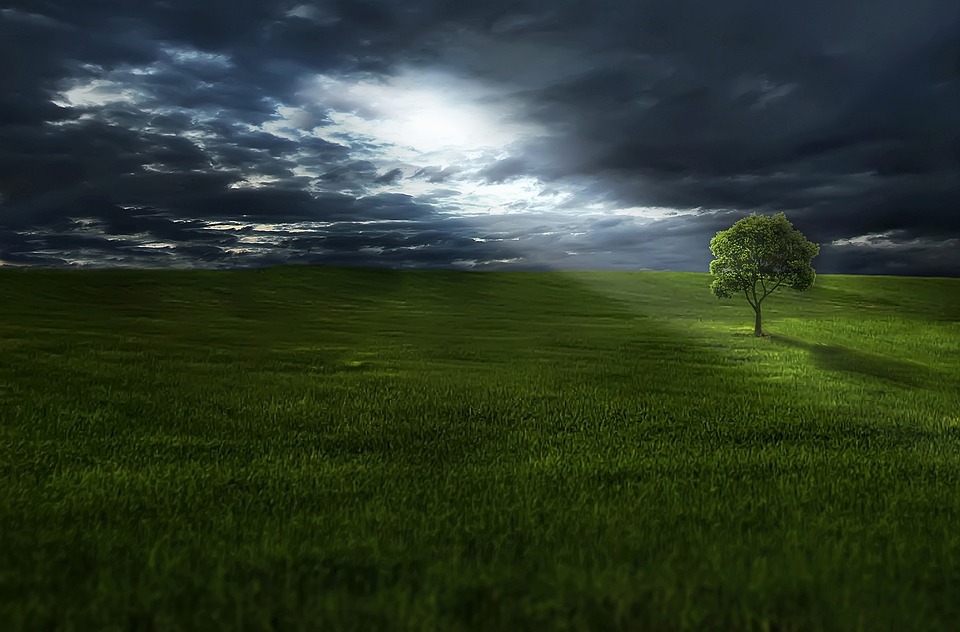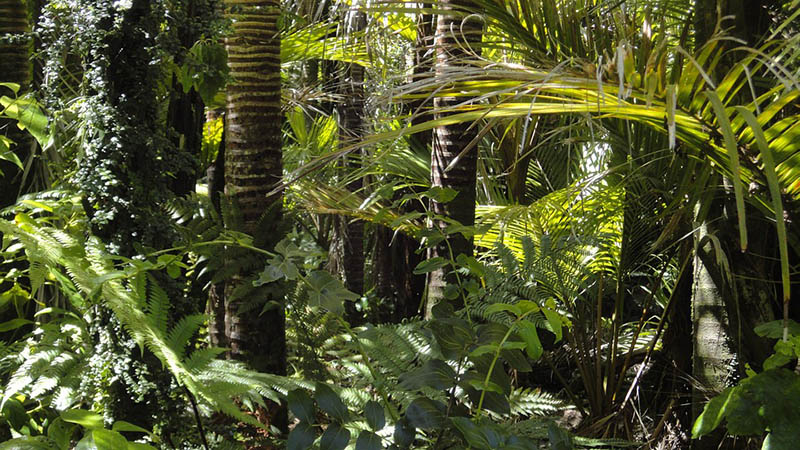The grassland biome is the most widespread on Earth. However, scientists still have not yet come to a consensus on how to distinguish this biome from others, so there’s no solid opinion.
Amazing facts about grasslands
- Wildfires can actually be good for the grasslands. Well, not only wildfires – periodic fires, whether they are human-induced or occur spontaneously, are very important to the grassland to ensure that invasive plants do not take over.
- The length of the grass in the grassland biome determines the animal variety. Grasslands with short vegetation usually gave more animal species, because it is harder for predators to hunt without tall grass where they could hide.
- The grassland biome is endangered. Only ~8% of its area worldwide is protected. It means that the rest 92% are in danger of being destroyed and likely turned into a desert or another farmland. Grassland soil is very fertile, and that’s why people keep exploiting it.
- Grasslands in various ecoregions may vary in climate a lot. The hottest ones are located in the Southern hemisphere and have a temperature of up to 86 °F (30 °C). The coldest parts of the grassland biome in the Northern Hemisphere can be extremely cold, the temperature there can drop to -4 °F (-20 °C).
- In northern climates, the vegetation is usually short because these areas have cold winters and dry, hot summers. In southern climates, the grass grows very tall because these areas have warm weather and periods of very wet weather followed by dry weather.

Facts about the grassland biome
- Grasslands are filled with low plants and wildflowers. The amount of rain there is not enough to grow lots of tall trees and produce a forest, but it is enough to not form a desert. However, a few trees still can be found in grasslands as well.
- The grassland biome covers 31–69% of the Earth’s land area. Very different numbers, huh? This is because experts still don’t have certain criteria to distinguish grasslands from other biomes such as savanna, flooded grasslands, temperate grasslands, etc.
- There are grasslands on all continents of Earth except Antarctica. Generally, they are the largest biome that can be found in all ecoregions on our planet, and they dominate the landscape. Interesting facts: grassland can be natural, semi-natural, and agricultural.
- Tropical and temperate grasslands are two different types. Tropical ones have warm weather all year round, while temperate ones have a warm part of the year and are very cold the rest of the time.
- In South America, grasslands are known as pampas and have a humid climate. In North America, they are called prairies and are found in the Midwestern United States and Canada. The steppes of Russia dominate Eurasia from Ukraine to Siberia. Most African grasslands are actually classified as savannas because individual trees grow on them.

Random facts
- Almost 90% of the European semi-natural grasslands do not exist anymore due to political and economic reasons. This loss only took place during the 20th century. The ones in Western and Central Europe have almost disappeared completely. There are a few left in Northern Europe. In North America, prairies are disappearing as well, and only 2% still exist.
- The largest animal in the grassland biome in America is the deer. There are also foxes, rabbits, owls, mice, snakes, prairie dogs, and other mammals and reptiles, mostly small ones. Lots of birds, too, but not as many of them as in the forest biome.
- Grasslands are becoming rare. They are often used for agricultural purposes to take advantage of their rich soils. Global warming is also a threat, as rising temperatures are turning many grassland biomes into deserts.
- Since most of the grassland biome has been used for agricultural land, the United States has made efforts to restore pastures by planting grasses in areas previously used for agriculture.
- Grasslands are the cross between desert and forest. As we already know, they will turn into forests if they get too much rain, or into deserts if they get too dry. This is the reason why grasslands are located between forests and deserts: these areas get either more or less rain than the grasslands.


